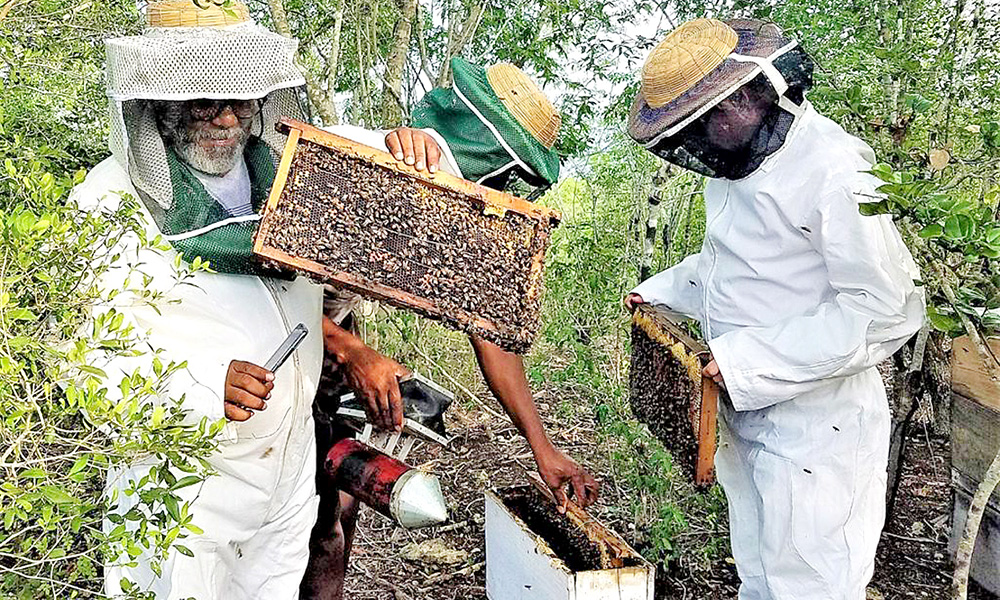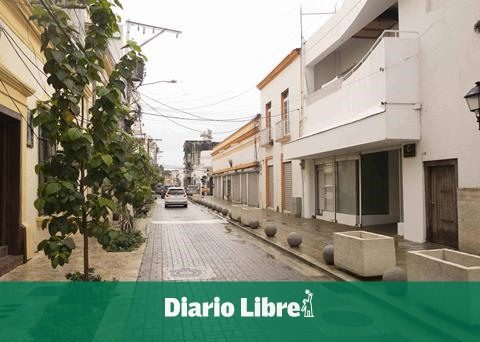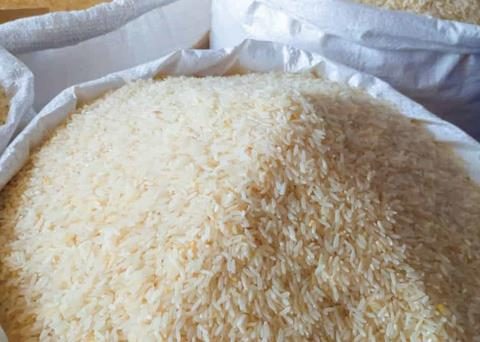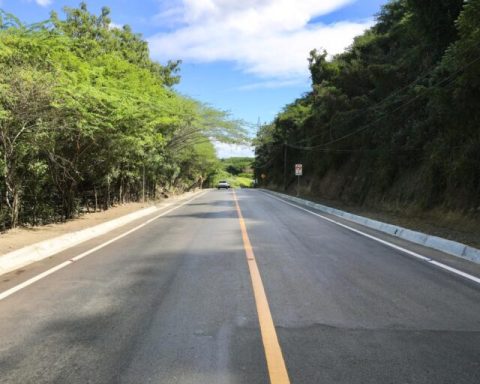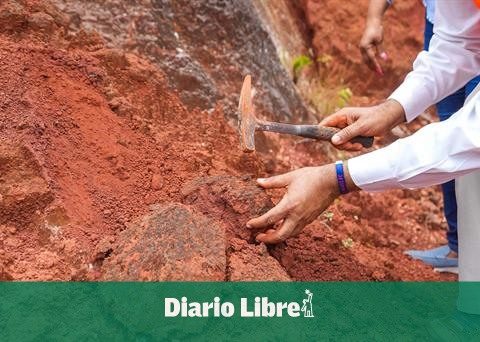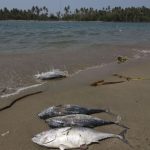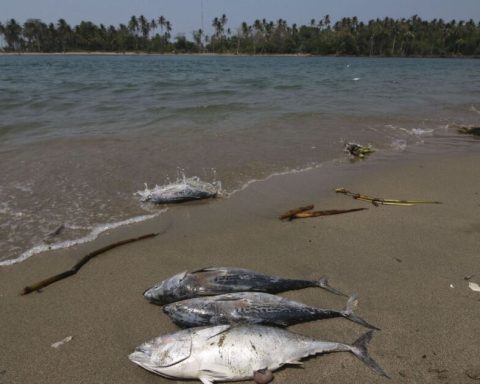Heavy rains, floods and droughts impact flowering and hives
It has been difficult for the Dominican Republic to keep honey export volumes stable in the last five years, and climate change seems to have a very direct influence or blame on this. It is a wake-up call regarding the course that the world is taking, with a tendency to be worse.
Heavy rains and floods, even in periods when they were not traditionally expected, and extreme and prolonged droughts have strongly impacted hives and flowering. The decrease “has been reflected” directly in the numbers. Some numbers that refer to an export that should possibly have been greater than it is.
For example, in 2015, the equivalent of 710,432.77 kilograms of honey worth US$1,405,263.11 was exported to international markets; in 2016 the export was 557,456.92 kilograms, for an equivalent of US$1,079,685.66; the following year a volume of 426,452.57 kilograms (US$1,102,982.04), in 2018 a volume of 226,940.76 kilograms (US$509,479.60), in 2019 a volume of 253,930 kilograms (US$594,807.04) and in 2020 a volume of 400,7902.5$692 kilograms, for US$692.5
Additionally, in each of those years a mixed quantity of honey was exported. Thus, in 2016, the amount of mixed honey sent abroad was 10,399.50 kilograms, for a total of US$21,330; in 2017, 7,775.40 kilograms were sent to international markets, for US$16,416; in 2018 a volume of 6,157 kilograms, for US$21,110, and in 2020 the equivalent of 4,720.00 kilograms and a value of US$22,392.00, according to a numerical cross obtained from official data.
The countries and territories receiving this honey have been the United States, Puerto Rico, Saint Martin, Aruba, Curaçao and Guadeloupe, according to reports from the General Directorate of Livestock (Digega). In 2016 there were heavy rains and floods as a result of climate change, especially in the months of October and November, affecting the hives and flowering mainly in the Dominican northwest.
In 2018 and 2019 there was an extreme and prolonged drought. Additionally, in August 2018, the export process began on the Single Window for Foreign Trade platform -VUCE-, contributing to further reduce the amount of honey to be exported, taking into account that exporters did not quickly adapt to the new process.
The northwestern line is traditionally perhaps the largest producer of honey; however, the environment has become complex to produce, due to the issue of dry forests. In this range of places with the highest production, they follow the central region (Monte Plata, Peravia, Santo Domingo, San Cristóbal); the north central (La Vega, Hermanas Mirabal and Monseñor Nouel), and the northern region (La Sierra, Santiago, Puerto Plata and Espaillat).
The eastern zone has fallen a lot and the authorities linked to agriculture attribute this to the aerial fumigation of hotel establishments and citrus crops.
At the end of 2021, there were 1,734 beekeepers in the country, 2,334 georeferenced apiaries and eight beekeeping establishments (seven honey processing plants and one extraction room). As of May 20, 2022, 43.35% of the total estimated population of beekeepers had been registered.
According to revised biographies, a hive can produce 28 kilograms per year, but that has changed, pushed by the change in the environment, and the average is around 22 kilograms per hive per year.
Beekeeping is profitable, as long as at least three or more products are produced (honey, pollen and propolis) and good beekeeping practices are applied. The cost of production is high, considering that the market is more demanding and the environment more hostile, due to the use of pesticides, deforestation and others.
The best time of year for honey production is when the largest number of plants bloom, from October of one year to June of the next.
The specialists Maribel Chalas Guerrero and Niyra Castillo Ramírez, in a publication on the subject (March 8, 2021) explain that “the global environmental crisis has its origin in the existence of great environmental pressures, among which climate change and the loss of biodiversity”.
